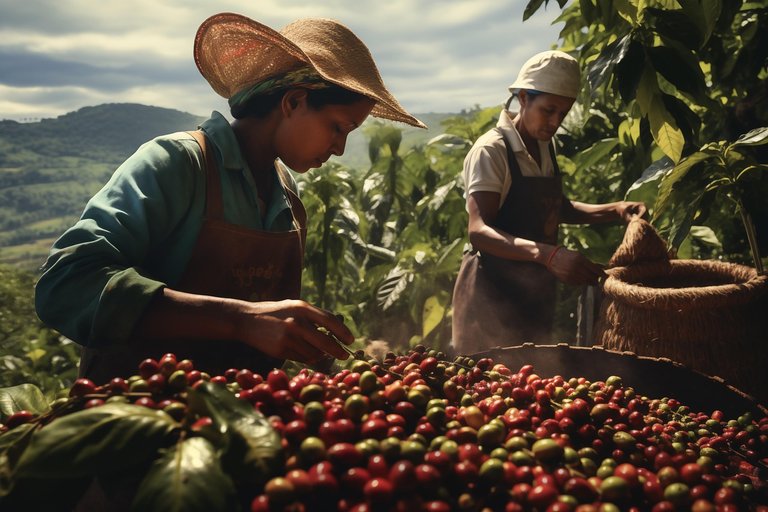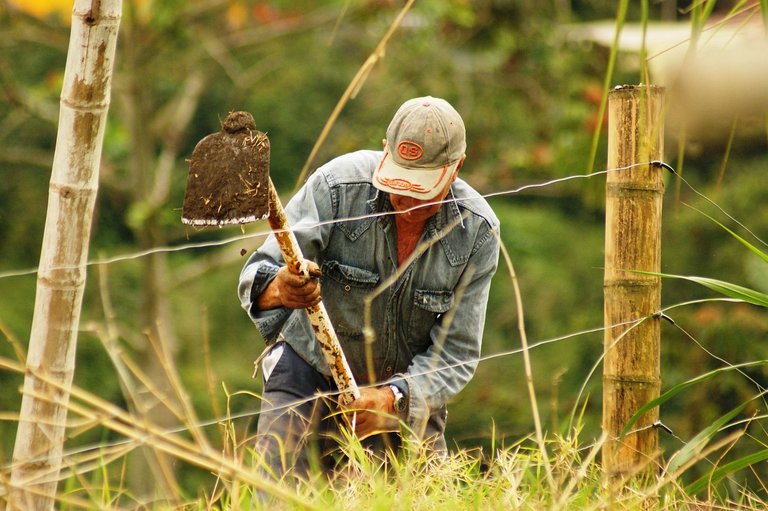Division of workload between men and women in the Gayo tribe |
The division of labor between male and female farmers is divided into two sectors. The division of labor first begins at the family level. Here, among other things, it is agreed which is the absolute role of the wife, which is the husband's part, and which can relatively be done together.
There is no absolute division. Let's say in the matter of washing clothes or taking care of children, the wife and husband each agree to do it according to certain circumstances.
The husband does not act superiorly in the family. The things that are done are the result of discussions that lead to internal agreements. This agreement can then expand as the number of adult members in the family increases.
The division of labor also immediately characterizes the existence of specific needs, habits, and skills. The latter is an ability that can only be done maximally by one family member and cannot be done by the others. For example, in the matter of cutting down large trees using heavy equipment, the head of the family (the man) is determined as the only party who has this ability; or at least until their son reaches adulthood with reliable physical abilities.
Meanwhile, in plantation matters, the division of labor is divided into two main activities: planting and harvesting. But that does not mean that here the two things are divided separately. What is meant is that both in planting and harvesting men and women share their energy.
Women work on part of the area, men work on the rest of the area. So this can be said to be a form of collaborative division of labor in each sector.
Then, the most important question arises regarding the practice of division of labor:
What are the contributions and appreciation of the parties in the form of ongoing cooperation?
The answers to these questions include economic issues, personal pleasure, health, and lifestyle. Women feel very happy because appreciation for their hard work can provide personal savings or joint savings.
With savings, life feels like it has a basis for family protection. Income also provides an opportunity for recreation at certain times.
Together with family, husband, children, and other family members, women can feel like eating and shopping with their families. Regarding shopping, here it also includes a way to satisfy oneself with commodities that characterize the current lifestyle.
The economic impact of cooperation is the increase in family income. And the division of work or cooperation within the family has become a hereditary habit that prevails in farming families (community).[]


If every family actually emulate this, most marriages won't have issues